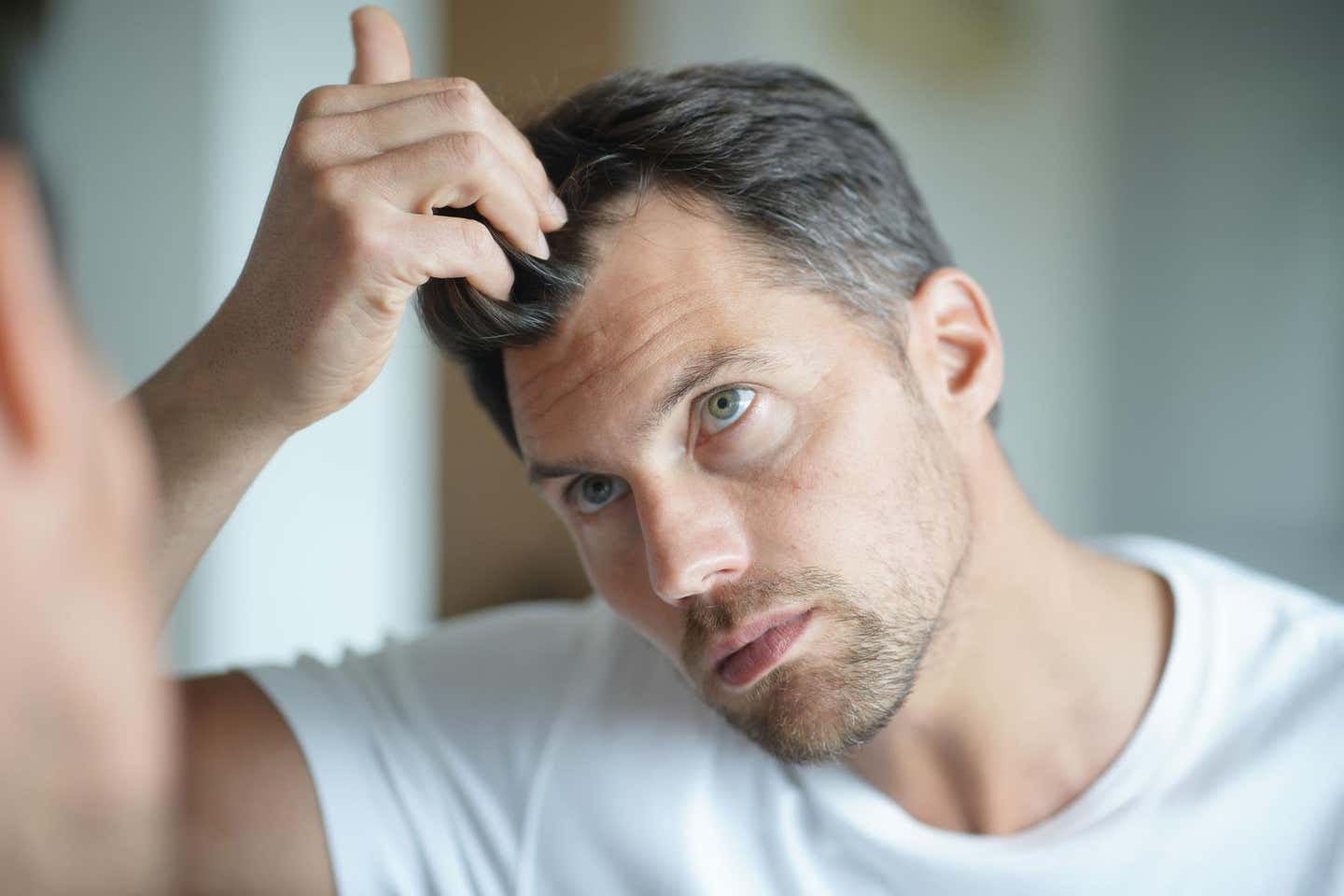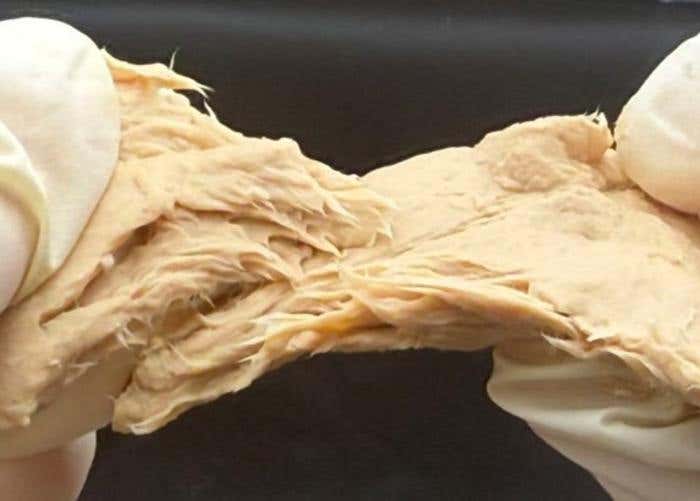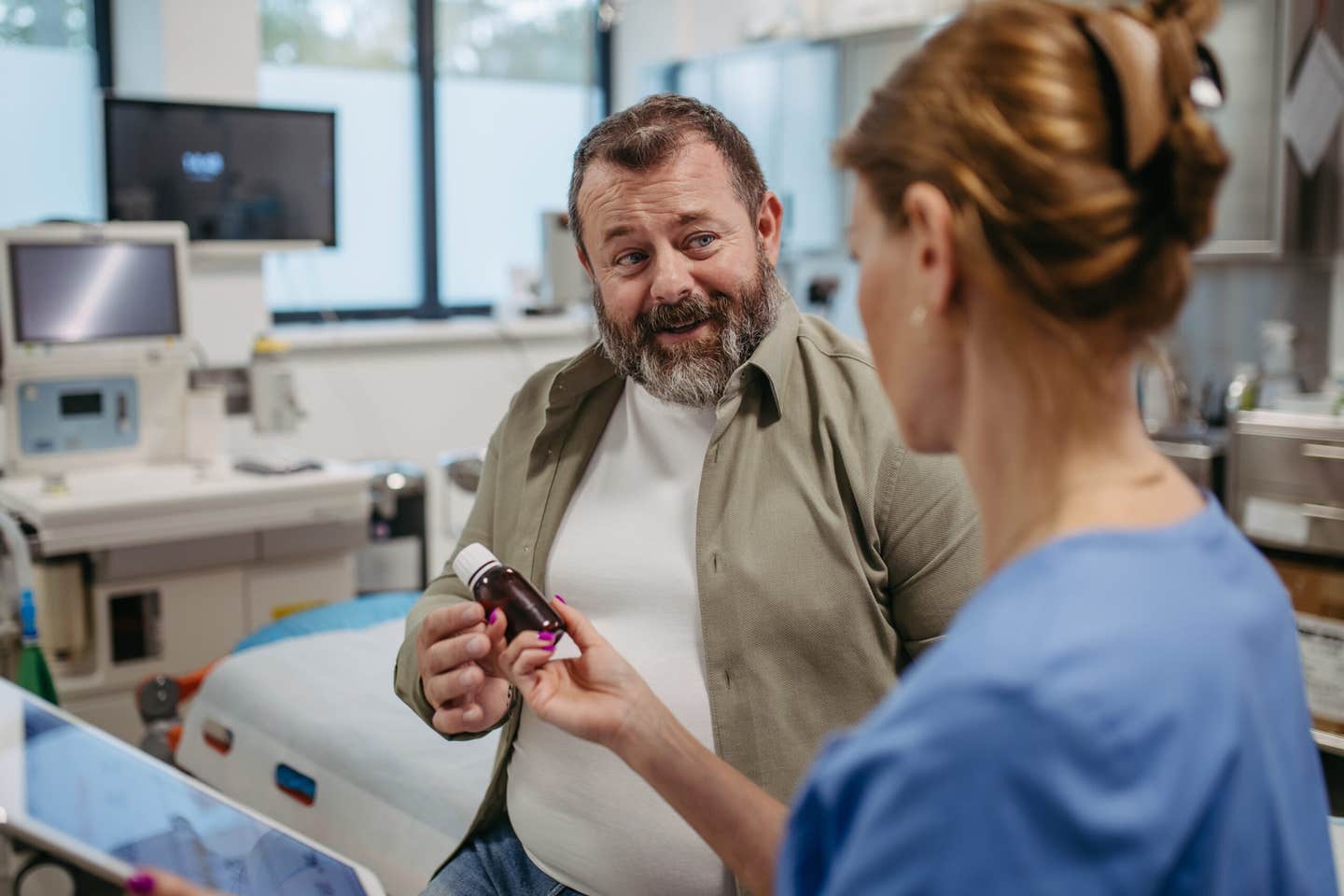Scientists may have just cured baldness – offering hope for millions
Discover PP405, UCLA’s promising new hair loss treatment that awakens dormant follicles, offering hope for millions facing baldness.

UCLA researchers have identified PP405, a groundbreaking molecule that could revolutionize hair loss treatments by reactivating dormant hair follicles. (CREDIT: Shutterstock Images)
Throughout history, humans have pursued many ambitious goals: exploring distant lands, seeking wealth, and finding solutions to persistent health problems—like hair loss. From ancient Egyptian remedies involving dates, dog’s paws, and donkey hooves, to Celtic rituals with mice, people have long sought a dependable cure for balding. Native American tribes even relied on yucca juice, hoping it would restore their hair. Yet, despite centuries of effort, a universal and effective treatment has remained elusive.
Now, a scientific breakthrough from researchers at UCLA might change that story. Scientists there recently unveiled promising results from their decade-long effort, focusing on a new molecule known as PP405. This tiny molecule could soon revolutionize how you deal with hair loss.
Understanding Hair Loss
Losing hair is surprisingly common. By age 50, over half of men and a quarter of women experience some form of noticeable hair thinning. Causes vary widely—from aging and genetics to stress, hormone issues, and even chemotherapy or illness. Despite being a common condition, effective treatments have been limited. Only two FDA-approved medications, minoxidil (Rogaine) and finasteride (Propecia), exist today. But even these are effective in just about one-third of patients.
"They are both limited in efficacy and improve hair in only a portion of patients who take them," explains William Lowry, professor of molecular, cell, and developmental biology at UCLA's Broad Stem Cell Research Center.
Other options, such as supplements, red light therapy, platelet-rich plasma (PRP) injections, and hair transplants, lack definitive evidence and often come with high costs and limited success rates. None provide permanent or comprehensive restoration.
The New Scientific Frontier
UCLA scientists, including Lowry, Heather Christofk, professor of biological chemistry, and Michael Jung, distinguished professor of chemistry, have been focusing on a new approach. Their research pinpointed PP405, a molecule designed to awaken dormant but healthy hair follicles. Instead of stimulating weak growth typical of existing treatments, PP405 encourages the growth of robust, terminal hair—the thick, visible type people want most.
Related Stories
Lowry’s team discovered a unique metabolic pathway in hair follicle stem cells. When activated by PP405, these dormant cells rapidly start producing new hairs. In a 2023 clinical trial in Orange County, researchers found significant success applying PP405 topically to the scalp each night for just one week. The researchers labeled their initial results "statistically significant," highlighting the strength and reliability of their findings.
Lowry described the discovery process clearly: "We found that promoting this metabolism can accelerate stem cell activation, which makes new hairs grow. We subsequently developed drugs that can drive this effect."
From Discovery to Market
Despite initial fears that PP405 might harm follicles, tests showed it safely promotes hair growth without damaging existing follicles. Encouraged by these results, UCLA’s Technology Transfer Group facilitated the creation of Pelage Pharmaceuticals, a new company specifically aimed at commercializing PP405. With support from Google Ventures, Pelage Pharmaceuticals secured $16.4 million last year to conduct further trials and navigate the extensive FDA approval process.
"FDA approvals always take some time, as they should," Lowry noted. "But it will be worth waiting for."
Lowry also cautioned optimism with realism, stressing, "No such product will work for everyone. But our first human trials in Orange County have been very encouraging, and larger trials with more people will follow."
Growing Market and Social Impact
Hair loss affects more than just appearance—it impacts psychological and emotional well-being. Dermatologist Brendan Camp, practicing in Manhattan, highlights this emotional toll, describing hair loss as "a condition that affects many and can have a negative impact on people’s psychosocial health." This emotional burden drives continued interest in effective treatments.
The demand for reliable solutions has increased, paralleling the popularity of cosmetic treatments such as Botox and fillers. Dermatologist Amy Spizuoco from True Dermatology in New York refers to hair-loss treatments as the "new Botox," highlighting how proactive measures are becoming mainstream.
"Much like Botox is used preventatively, younger people are tackling hair loss at the first signs rather than waiting until it’s severe," Spizuoco explained.
This shift toward preventative and early intervention strategies has sparked growth in specialized hair-loss clinics across the country. Patients today are more likely to seek help sooner, benefiting from modern treatments like PRP injections, advanced medications, and now potentially groundbreaking options like PP405.
Moving Forward
Experts recommend starting with established treatments such as minoxidil, finasteride, or spironolactone (for women) before exploring newer options. Camp suggests patients test these medications for three to four months, typically the period required to assess their effectiveness.
"When looking for a treatment, stick to those with a well-established body of evidence and data to support their use," Camp advised. He further emphasized seeking advice from board-certified dermatologists to maximize effectiveness and safety.
While hair loss remains common, timely action can significantly slow or even reverse it, especially with promising advances like PP405. As research progresses, there is genuine optimism that a more universally effective treatment is within reach.
"We are excited about the opportunity to bring a novel treatment option to patients with hair loss based on strong science and rigorous clinical trials," Lowry concluded. "Additionally, because the mechanism of action we discovered is distinct from previous approaches, it can potentially be used in combination with other therapies."
Thanks to UCLA’s promising discovery, your future might soon involve less worrying about thinning hair and more confidence in lasting results.
Note: The article above provided above by The Brighter Side of News.
Like these kind of feel good stories? Get The Brighter Side of News' newsletter.



